Unlock the Wonders of Science for Kids: Engaging Activities and Learning Resources
Unlock the Wonders of Science for Kids: Engaging Activities and Learning Resources
Science is everywhere—it’s in the air we breathe, the food we eat, and the technology we use. For kids, science is more than just a school subject—it’s a gateway to curiosity, love, discovery, and creativity. Whether they’re watching a chemical reaction bubble over or building their first circuit, hands-on science activities ignite a sense of wonder that sticks with them for life.
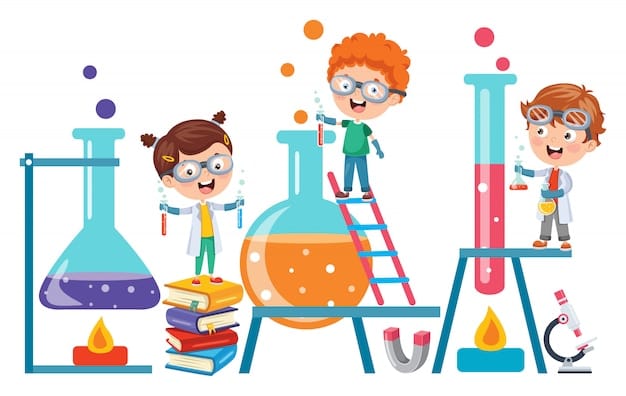
Children are natural scientists, driven by curiosity and a desire to understand the world around them. Every time they observe a plant growing, mix colors, or watch objects fall, they are engaging with scientific concepts. By encouraging this natural curiosity, we can help students develop problem-solving skills, critical thinking, and creativity. Furthermore, science helps kids understand the connection between theory and real-life applications, making learning more meaningful.
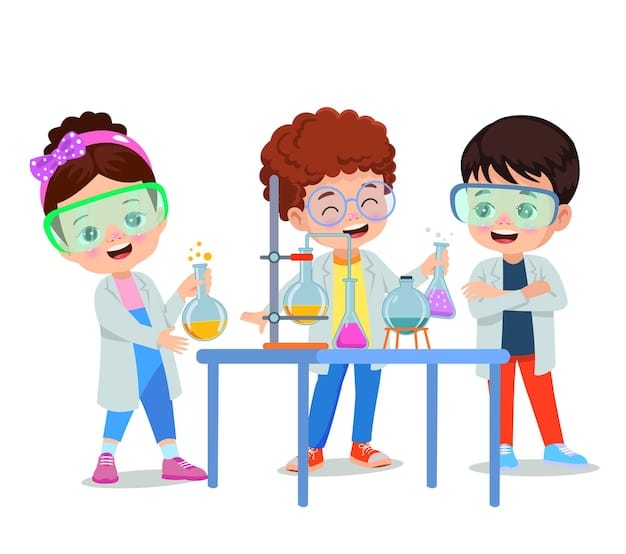
But how do we make science exciting and accessible for young learners? The key lies in interactive experiments, creative projects, and immersive online resources that transform abstract concepts into tangible, mind-blowing experiences. This blog will explore fun and effective educational science activities, the importance of science classes, and the best online tools to cultivate a love for science in kids. 🌍🚀
Discover the Wonders of Science Through Engaging Experiments and Activities for Students
Why Hands-On Science Matters
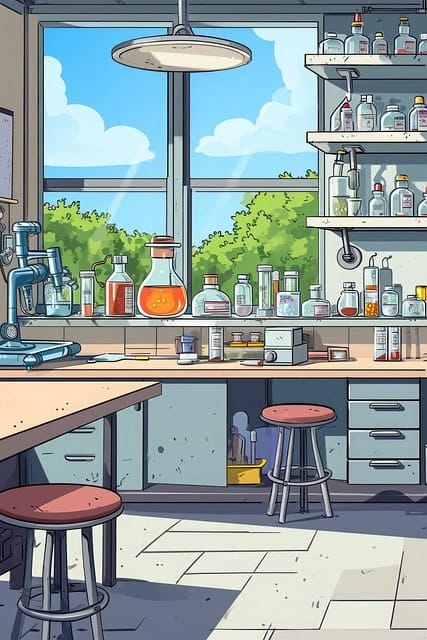
Children learn best by doing, observing, and experimenting. Hands-on science activities allow them to interact with concepts physically, making abstract ideas more concrete and memorable. According to results of a study by the National Science Foundation (NSF), students who participate in a variety of hands-on science lessons score 30% higher on standardized tests than those who only learn through lectures.
Hands-on learning helps children build a deeper understanding of scientific principles by allowing them to see cause-and-effect relationships firsthand. For example, observing how different liquids interact in a density experiment provides a clearer understanding of physical properties than simply reading about it. It also encourages children to ask easy questions, make predictions, and analyze results—core components of the scientific method.
Additionally, these hands on move-on activities promote multisensory learning, making it easier for kids at home with different learning styles (visual, auditory, or kinesthetic) to grasp concepts effectively. By engaging multiple senses, children can retain information longer, making the learning experience more impactful and enjoyable.
Benefits of Science Experiments for Kids
✅ Boosts Problem-Solving Skills: Through trial and error, children learn to hypothesize, test, and analyze—key components of problem-solving.
✅ Enhances Creativity: Open-ended projects encourage kids to think outside the box, promoting creative solutions.
✅ Develops Collaboration and Teamwork: Group activities foster communication, cooperation, and shared learning experiences.
✅ Builds Resilience: When experiments fail, children learn to adapt and persist, developing resilience.
Science experiments also nurture persistence and resilience by teaching kids how to handle failure. When an experiment doesn’t go as planned, children learn to rethink their approach, modify their methods, and try again. This iterative process helps students develop adaptability, a critical life skill.
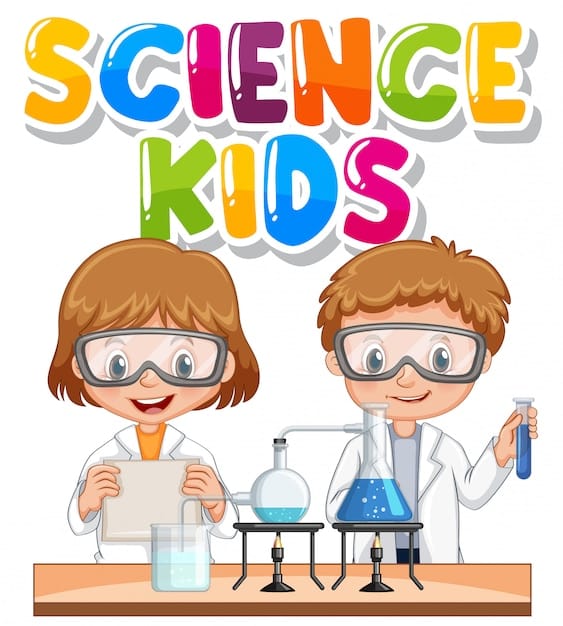
Moreover, science experiments allow children to apply their creativity in meaningful ways. For instance, designing a bridge using popsicle sticks or creating a water filter encourages kids to experiment with different strategies and learn through discovery. These activities promote innovative thinking, which is essential for teachers in both science and everyday problem-solving scenarios.
Why Science Classes for Kids Are the Gateway to Scientific Curiosity
1. Fostering Inquiry and Curiosity
Science classes spark curiosity by encouraging children to ask questions like:
Why is the sky blue?
How do plants grow?
What makes lightning strike?
By nurturing inquiry-based learning, science classes inspire kids to think critically and seek answers through observation and experimentation.
In structured science classes, children are guided through inquiry-based learning models, which promote exploration and critical thinking. Instead of simply memorizing facts, kids are encouraged to ask questions, form hypotheses, and test their ideas through experiments. This approach transforms science lessons into fun interactive adventures that stimulate curiosity and foster a genuine love for learning.
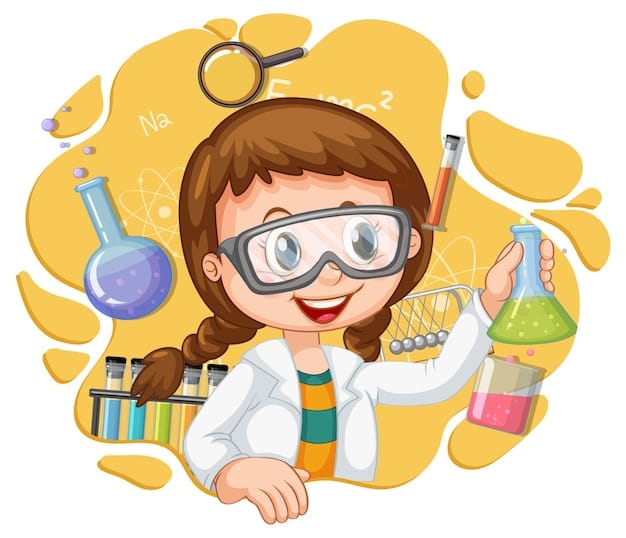
Furthermore, science classes introduce children to scientific vocabulary and reasoning skills early on, helping them articulate their observations and conclusions more effectively. As they learn to describe processes and explain results, they develop communication and reasoning abilities that extend beyond the classroom. These skills are essential for academic growth and future scientific literacy.
2. Developing Life Skills Through Science
Beyond academic knowledge, science classes equip kids with a set of essential life skills, such as:
Observation: Noticing details and drawing conclusions.
Critical thinking: Analyzing data and questioning results.
Reasoning: Forming logical explanations based on evidence.
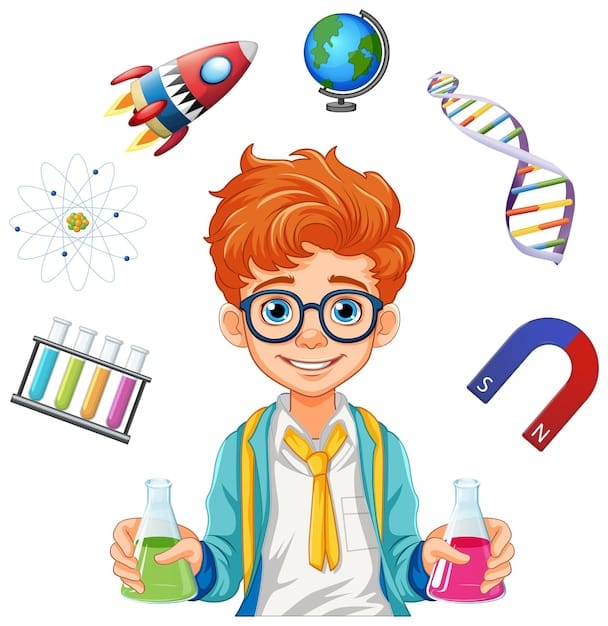
Science education also enhances analytical skills by teaching children how to interpret data, draw conclusions, and support their findings with evidence. These skills translate into everyday life, helping kids make informed decisions and solve problems effectively.
Additionally, participating in group science projects encourages teamwork and collaboration. Children learn how to share responsibilities, work together, communicate their ideas, and respect different viewpoints, all of which are valuable interpersonal skills. By working together on experiments, they also begin to build confidence and leadership abilities, which benefit them in both academic and social settings.
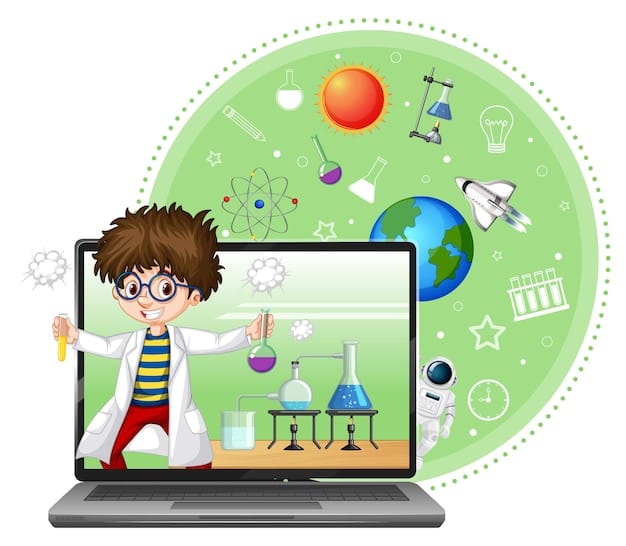
3. Laying the Foundation for STEM Careers
Science classes expose children to foundational concepts in STEM (Science, Technology, Engineering, and Math). Early exposure to STEM fields increases the likelihood of children pursuing careers in science, engineering, and technology. The U.S. Bureau of Labor Statistics predicts 8% job growth in STEM fields by 2029, making science education crucial for future success.
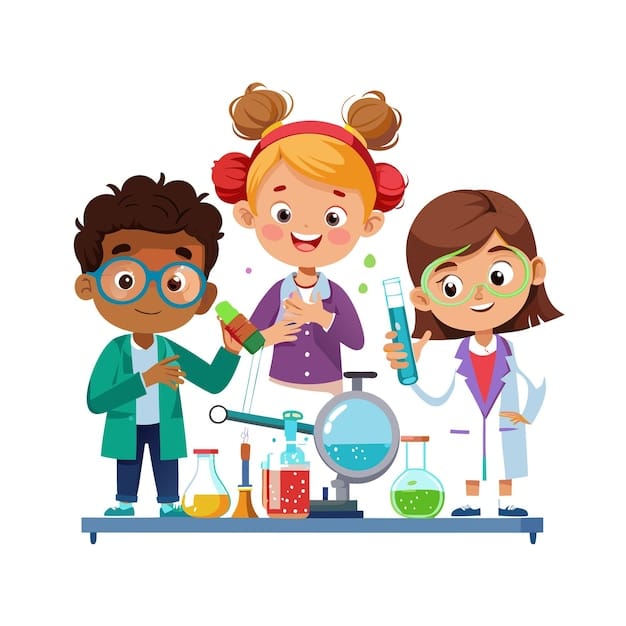
By incorporating STEM activities into science classes, educators introduce children to the technical skills and problem-solving techniques used in real-world scientific fields. For example, coding projects teach kids about logical thinking and algorithmic reasoning, while robotics challenges introduce basic engineering concepts.
Moreover, early exposure to STEM helps bridge the gender gap in science-related careers. Studies show that girls who participate in hands-on science projects at school their middle school at a young age are 33% more likely to pursue STEM degrees, highlighting the importance of early access to engaging science education.
Science Projects to Boost Creativity and Learning Among Young Explorers
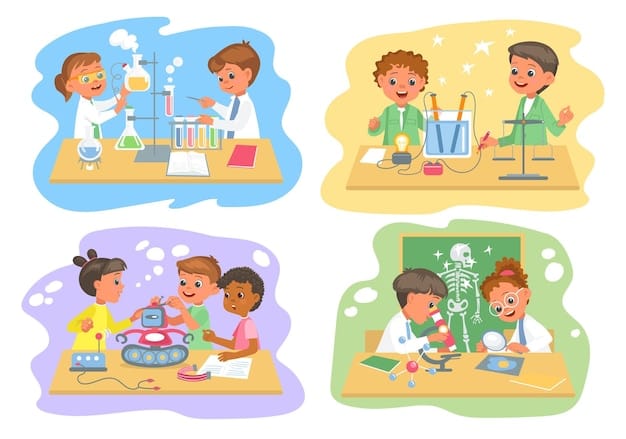
1. DIY Volcano: Chemical Reactions in Action
Introduce kids to acid-base reactions with this classic experiment to see the results .
Materials Needed:
Baking soda
Vinegar
Dish soap
Food coloring
Plastic bottle or container
Instructions:

Fill the container with baking soda.
Add a few drops of dish soap and food coloring.
Pour vinegar into the container and watch the volcanic eruption.
Science Behind It:
The reaction between vinegar (acid) and baking soda (base) creates carbon dioxide gas, causing the foamy eruption.
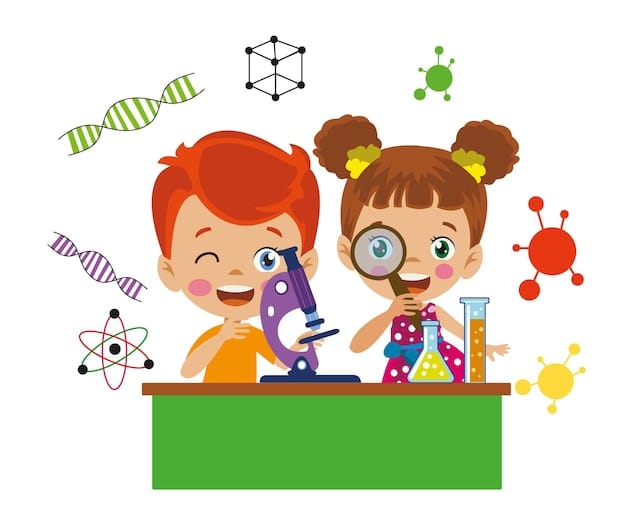
This simple chemistry experiment not only demonstrates chemical reactions but also introduces children to basic chemistry principles in a fun and memorable way. By changing the amount of vinegar or baking soda, kids can experiment with different reaction intensities, fostering a love for chemical properties.
Moreover, the easy DIY volcano experiment can be expanded into a full project by encouraging kids to create realistic volcano models using clay or papier-mâché. This adds a creative, artistic element to the activity, making it both educational and visually engaging.
Interactive Science Experiments That Every Child Can Try at Home
Magic Milk Experiment
This fun, colorful experiment demonstrates surface tension in liquids.
Materials Needed:
Milk (whole milk works best)
Food coloring
Dish soap
Cotton swab
Instructions:
Pour milk into a shallow dish.
Add drops of food coloring.
Dip the cotton swab in dish soap and touch the milk’s surface.
Watch the colors swirl dramatically.
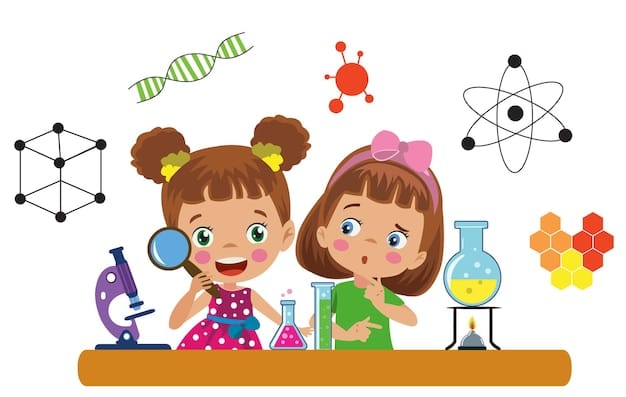
Science Behind It:
The soap reduces the surface tension of the milk, causing the colors to swirl.
By adding different colors or adjusting the concentration of dish soap, children can observe variations in the swirling patterns, encouraging scientific inquiry, research and experimentation.
Science Online Learning: Convenient Tools
Remember the days when science experiments meant bulky lab equipment, messy chemicals, and waiting for the teacher’s instructions? Well, not anymore! With online learning, middle school students can now conduct experiments from the comfort of their homes. Whether you’re exploring the wonders in science through hands-on activities, solving chemistry mysteries, or diving into physics concepts, the possibilities are endless. Platforms like Labster let you demonstrate science processes virtually, while apps like Tinkercad bring fun experiments to life through 3D modeling. The best part? You can pause, rewind, and conduct experiments as many times as you want—without worrying about breaking test tubes. Science class just got a whole lot cooler!
Let’s be honest—textbooks can only take you so far. With online tools, you can explore science concepts and even predict results through interactive experiments. Imagine middle school students designing simple physics experiments at home using digital tools or teachers conducting hands-on activities remotely with step-by-step guidance. Platforms like NASA’s Eyes on the Solar System let you explore the wonders in science, while The Elements by Theodore Gray makes the chemistry table come alive in 3D. Plus, many apps turn learning into a fun science course, where you solve problems and earn points for completing hands-on experiments. Who knew science learning could feel like leveling up in a video game? 🎮
What if you could demonstrate chemistry experiments with experts or conduct physics research alongside global scientists? With online learning, you can! Many platforms offer live webinars, interactive Q&A sessions, and virtual science classes, allowing students and teachers to talk through science cases and solve real-world problems.
Conclusion
Unlocking the many wonders in science because of science for kids is all about making learning exciting, accessible, and hands-on. Through creative projects, interactive experiments, and online learning tools, children develop critical thinking, creativity, and problem-solving skills—essential traits for future innovators.
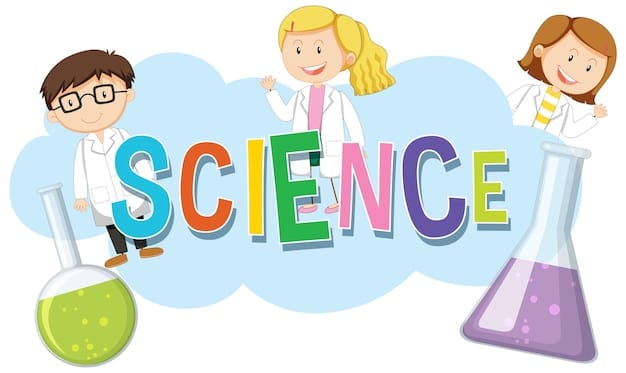
By making science part of everyday life, we can inspire the next generation of curious minds and future scientists.
Codeyoung is an innovative online learning platform designed to spark a love for science and coding in kids through hands-on activities and interactive courses. With a mission to help studentsexplore scientific concepts while learning to solve real-world problems, Codeyoung offers a variety of courses covering Python, Java, Scratch, and game development. Through fun and effective project-based experiments, kids can demonstrate their understanding of physics, chemistry, and technology.
By encouraging kids to predict, test, and find solutions, Codeyoung helps them begin their scientific journey with confidence. Whether creating a paper volcano, testing simple physics experiments, or designing a science project from a book, Codeyoung offers a set of resources that bring science concepts to life.
So, what science experiment will you try with your child today?
Wonders of Science for Kids – FAQs
What are some engaging science projects for beginners?
For kids just starting their science journey, simple yet exciting projects are the perfect way to spark curiosity. Try a DIY Volcano—watch the fizz and foam as vinegar meets baking soda, creating a mini eruption that demonstrates chemical reactions in action. Or, grow a plant from scratch and observe how sunlight, water, and soil affect its growth—perfect for budding biologists. Want to introduce physics? Build a Balloon Rocket! Just inflate a balloon, attach it to a string, and release it. The whoosh of the balloon zipping across demonstrates Newton’s third law of motion.
These beginner-friendly projects are not only fun but also teach essential science concepts through hands-on experimentation. Plus, they spark creativity by encouraging kids to modify and personalize their experiments, turning science into a thrilling adventure!
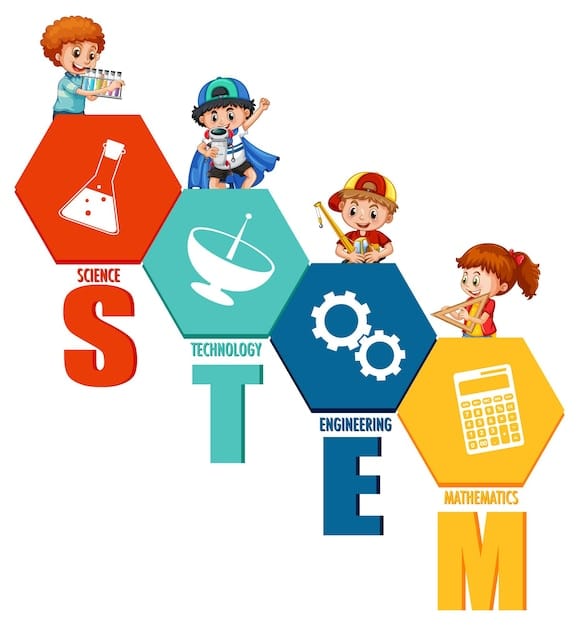
What are the top science experiments kids can try at home?
Science doesn’t need a lab—your home kitchen can be a science playground! Try the Magic Milk Experiment: add food coloring to milk, then touch it with a dish-soap-dipped cotton swab. Watch the colors swirl like magic as the soap breaks the surface tension!
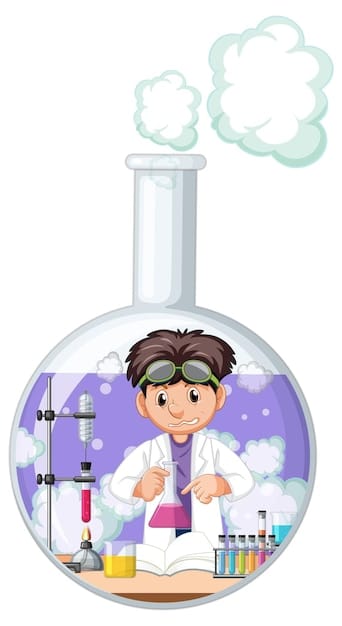
For some groovy fun, make a Lava Lamp with oil, water, and food coloring. Add fizzing tablets and watch colorful blobs float and sink, demonstrating liquid density and gas formation.
Want to feel like a secret agent? Create Invisible Ink with lemon juice. Write a message, let it dry, then reveal it by holding the paper over a heat source. The acid in the lemon juice oxidizes and turns brown—voilà! Secret science revealed!
What is the importance of science classes for kids in early education?
Science classes in early education are more than just lessons—they’re adventures in discovery.They and teachers encourage kids to ask questions in order to think critically—skills that extend beyond the classroom. When children learn to observe, experiment, and analyze, say teachers, they develop essential problem-solving abilities.
Hands-on science also makes abstract physics concepts tangible. Instead of just reading about gravity, kids can drop boxes and see it in action, making learning memorable. These classes introduce kids to scientific principles, fostering a deeper understanding of how the world works.
Moreover, science nurtures curiosity and imagination. When children explore why the sky is blue or how plants grow, they learn to see the world with wonder. By building a strong science foundation early on, kids are more likely to develop a lifelong love for learning and possibly pursue STEM careers.
How can kids develop creativity through science projects?
Science and creativity go hand in hand! Through open-ended projects, kids learn to think outside the box. For instance, creating a DIY solar oven to cook s’mores not only teaches about solar energy but also allows kids to experiment with different designs for maximum heat efficiency.
Science projects also encourage "what if?" questions, sparking innovation. What will happen if you mix oil with water? What if you add more baking soda to your volcano? By testing hypotheses, kids learn that failure is just another step toward discovery, boosting their creativity and resilience.
Additionally, science projects often integrate art and design, making them STEAM-based (Science, Technology, Engineering, Art, and Math). Whether decorating a homemade rocket or creating colorful slime, kids engage their artistic flair while learning scientific concepts.
Science becomes a canvas where imagination and discovery blend perfectly!
Can science ideas help kids build teamwork and collaboration skills?
Absolutely! Science projects are a fantastic way to teach teamwork. When kids collaborate on an experiment, they share responsibilities, whether mixing ingredients, measuring, or recording observations. This division of tasks teaches kids the value of cooperation and delegation.

Group science activities at middle school can also promote communication skills. Kids must discuss their observations, compare results, and brainstorm solutions when things don’t go as planned. This process strengthens their ability to express ideas and consider different viewpoints.
Furthermore, collaborative science experiments often involve problem-solving challenges, encouraging children to pool their ideas together. Whether they’re building a bridge out of spaghetti or creating a water filtration system, teamwork fosters creativity, critical thinking, and adaptability.
Through shared discoveries and group discussions, kids learn that science—and life—is better with a little collaboration!
Why are science projects essential for developing critical thinking in kids?
Science projects and experiments are critical thinking bootcamps for young minds! When kids engage in experiments, they formulate hypotheses, make predictions, and test their ideas. Whether they’re measuring how salt affects water freezing or experimenting with circuits, they practice logical reasoning and analysis.
Science also encourages kids to question outcomes. If an experiment doesn’t go as expected, they analyze why—was it the method? The materials? This process of observation, evaluation, and modification strengthens analytical skills.
Moreover, science projects offer real-world applications. When kids build a simple machine or test soil quality, they connect classroom concepts to practical scenarios. This enhances their problem-solving skills and boosts their confidence in tackling new challenges.
Ultimately, science projects train young minds to think critically, preparing them for a world that thrives on innovation and evidence-based reasoning.
What are some free resources for science online learning?
Online learning brings science to life, offering kids interactive, educational adventures right from home!
NASA Kids’ Club is a cosmic wonderland where children can explore space through games, videos, and interactive activities. From learning about Mars rovers to launching virtual rockets, it makes space science fun and accessible.
Science Bob offers a treasure trove of DIY experiments and science videos. With step-by-step instructions and explanations, kids can try hands-on experiments with simple household items—perfect for home-based learning!
PBS Kids Science Games combines fun and learning through interactive science games. Kids can explore concepts like energy, weather, and ecosystems in a playful, engaging way.
These free platforms transform science into an immersive, exciting adventure, making learning accessible, engaging, and unforgettable for young explorers!
Comments
Your comment has been submitted successfully!